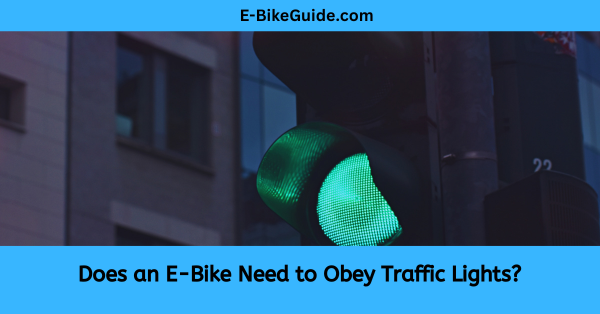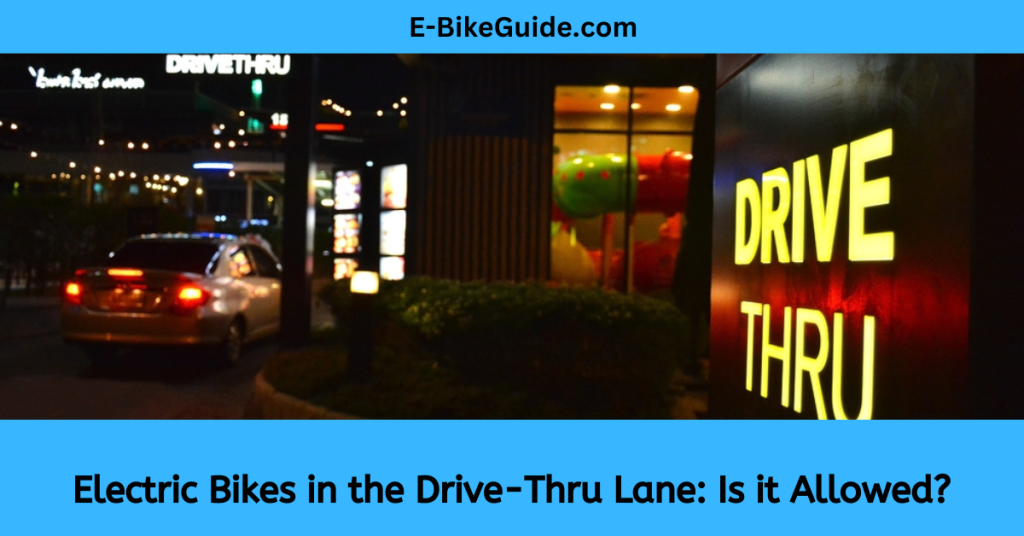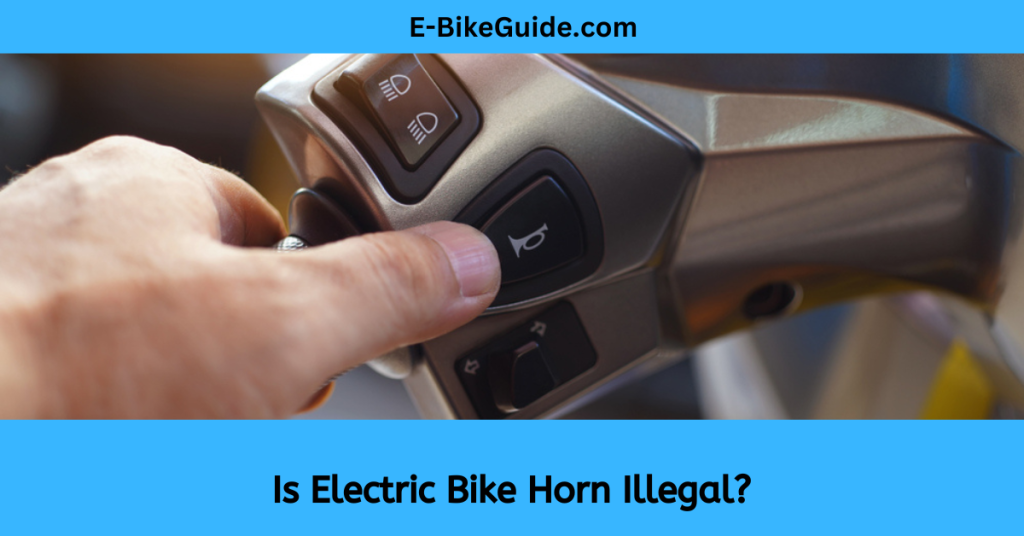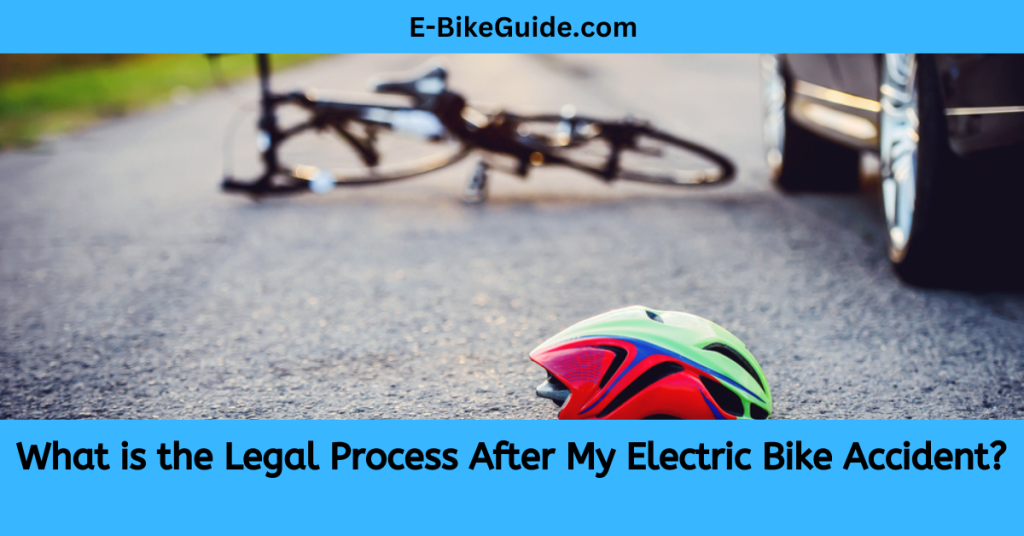Does an E-Bike Need to Obey Traffic Lights?
Introduction Electric bikes, commonly referred to as e-bikes, have surged in popularity over the past few years. With their ability to assist riders with an electric motor, they offer an appealing alternative to traditional bicycles and other forms of transportation. However, as e-bikes become more prevalent on the roads, questions regarding their regulation and integration […]
Does an E-Bike Need to Obey Traffic Lights? Read More »




